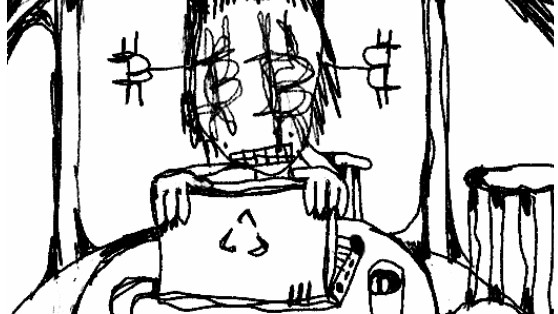NFTs aren’t for everyone. In the years since non-fungible tokens first entered public consciousness there has been a fierce backlash against what is essentially just a way of authenticating data. Part of this negativity was as a response to the gross financialization and speculation around these tokens, and environmental concerns that have since basically been resolved by Ethereum’s switch to proof-of-stake in 2022.
This is an excerpt from The Node newsletter, a daily roundup of the most pivotal crypto news on CoinDesk and beyond. You can subscribe to get the full newsletter here.
However, the general public’s distaste of NFTs hasn’t stopped the art industry from embracing them. In 2021, Christie’s auction house made history with the $69 million sale of Beeple’s “Everydays” collage. Since then, the storied company has expanded further into the realm of crypto, including countless NFT auctions, investments in Web3 firms via Christie’s Ventures and even the launch of its own NFT marketplace, Christie’s 3.0.
The company, founded before the birth of the American Republic, is taking this one step further today through its first auction of inscriptions, the NFT-like tokens on Bitcoin made possible by Casey Rodarmor’s Ordinals Protocol. The “Ordinal Maxi Biz (OMB)” sale, although not the first inscriptions auction (Sotheby’s beat its closest competitor to the punch late last year), is something of a turning point for Ordinals, and a signal that these objets d’art may just have staying power.
“Slowly but surely people are getting very interested,” Christie’s Director of Digital Art Sales Nicole Sales Giles told CoinDesk in an interview. “The market has matured quite significantly since the boom in 2021 when Christie’s first got involved. We don't take our responsibility lightly.”
This is a meaningful statement from Sales Giles, who was instrumental in setting up Beeple’s auction that first brought public attention to NFTs. While the auction house doesn’t yet have current plans for more inscriptions sales, Sales Giles said that this was just the beginning of its move into the world of inscriptions.
The works at auction were curated by pseudonymous Ordinals advocate and OMB co-creator ZK Shark, and contain works by artists Tony Tafuro and berkinbags. Each auction lot has a starting bid of $100, a callback to the starting price of the Beeple’s auction, which was set at that price because Christie’s “didn't really fully understand the market at that time,” Sales Giles said.
There’s an argument to be made that Ordinals represents a significant technological advancement over NFTs, in part because it's a method that actually allows artists to inscribe data directly on-chain. In contrast, NFTs are better thought of as digital signatures for data that often exists elsewhere. Because they exist on “someone else’s server,” they can’t truly be owned.
An example of how this can go wrong happened after the disastrous collapse of FTX: When the exchange went down the images associated with 1.5 million worth of NFTs minted at the Coachella Festival became inaccessible because it was stored on an FTX website. With Ordinals, the only way for the data to be erased is if Bitcoin goes down.
See also: What Are NFTs and How Do They Work?
“I don't think inscriptions will ever fully replace current NFT token standards like ERC-721,” Sales Giles said, mentioning the current file limitations of inscriptions that can prevent artists from minting data intensive things like HD videos on-chain. “There's still going to be a market for every new technology that's come up.”
But the auction comes at an interesting time for inscription adoption. Currently, two of the five largest NFT projects by market capitalization, Runestones and NodeMonkeys, are built on Bitcoin, according to CoinGecko data. And, Ordinals are less than a year old.
While the Bitcoin community has torn itself apart over the question of whether Ordinals is destroying something meant to primarily be a monetary network and driving up transaction fees, it’s clear that inscriptions aren’t going away.
As ZK Shark noted in a recent X post, Bitcoin has been both a system for transferring value and storing data since the very beginning, with Satoshi Nakamoto inscribing the blockchain’s “genesis” with a message to the world.
“We are interested in the artistic historical story around these collections,” Sales Giles said. “It's really interesting to us to see the zeitgeist form around this community.”
 coindesk.com
coindesk.com
